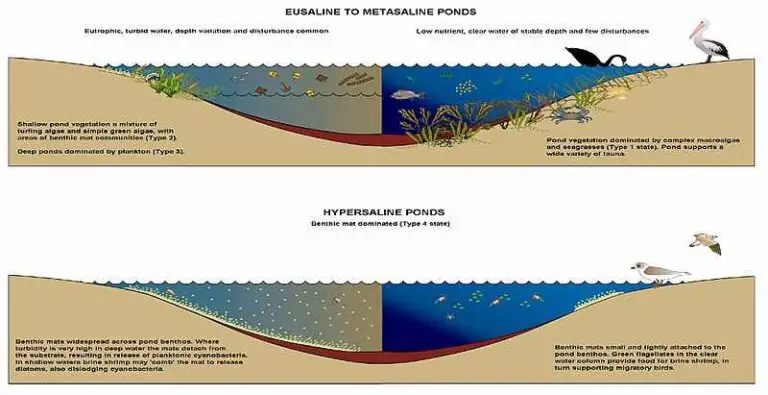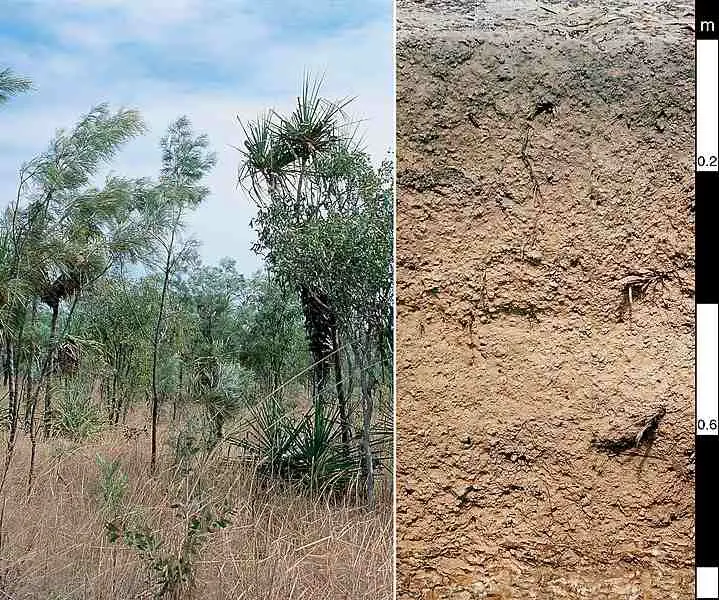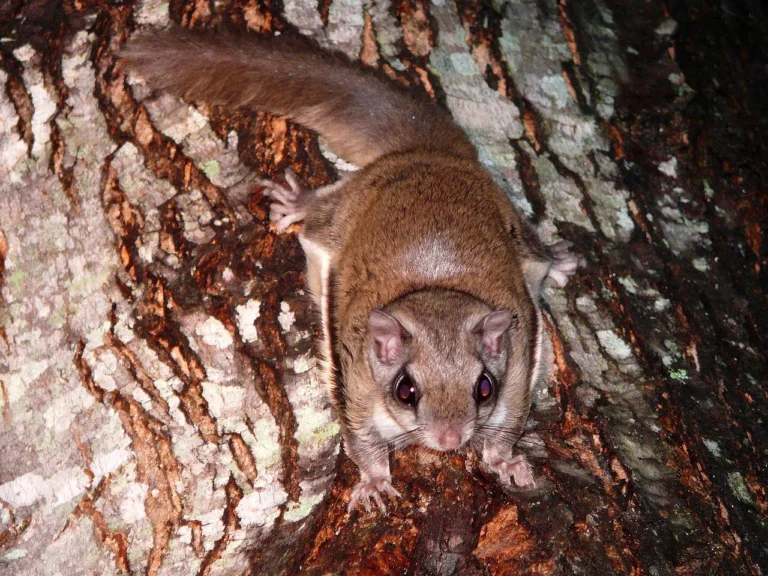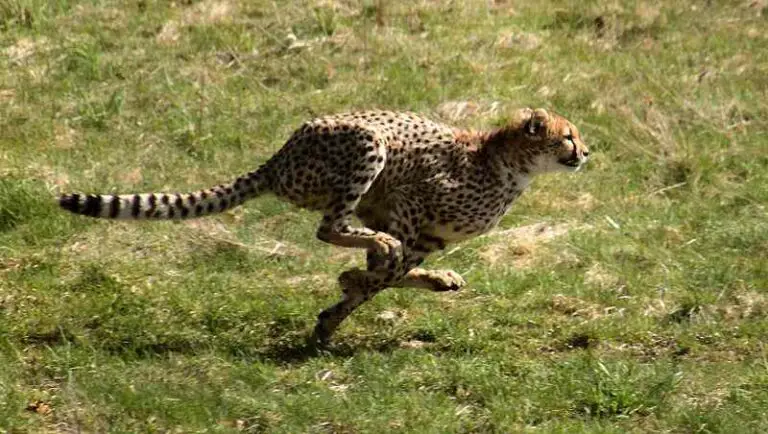Prairie Food Chain and Food Web Explained
Prairie food chain is a hierarchical representation of linear energy-transfer in a prairie; while prairie food web is a multi-directional network of interlinked food chains.
This article discusses prairie food chain and food web, as outlined below;
-Prairie Food Chain and Food Web Comparison
Prairie Food Chain
A prairie food chain is a linear, hierarchical representation of the biotic components and feeding relationships that occur in a prairie ecosystem, in terms of bioenergy transfer-interactions between producers and consumers in the ecosystem [1].
The prairie food chain commences from producers, which convert solar energy to chemical bioenergy that can easily be transferred between, and consumed by, living organisms.
Producers in the prairie are mainly grasses, which produce their own food from solar energy, CO2, and water, through photosynthesis [2].
They are supported by other plants like shrubs, forbs and legumes.
In the prairie food chain, producers are followed by the primary consumers, which include all organisms that depend directly (and usually also solely) on plants for food.
Primary consumers in prairies include; white-tailed deer, prairie dog, grasshopper, elk, pronghorn, jackrabbit, greater prairie chicken, mule deer and bison.
The secondary consumers are organisms that prey on primary consumers. In a prairie, they are generally represented by small carnivores like; rattlesnake, owl, and badger.
In spite of their name, prairie dogs feed on plant matter such as grasses and forbs. This means that they are herbivores and primary consumers.
Tertiary consumers occupy the top of the food chain in most prairies. These organisms are usually capable of preying on other organisms from multiple trophic levels across the energy pyramid of the prairie ecosystem.
Examples of tertiary consumers in the prairie are; coyote, fox, wolf, and bear.
They usually occur as large predators and may omnivorous feeding habits.
The prairie food chain for any given scenario, represents a straight pathway of feeding and energy transfer, from the producer to the tertiary consumer.
A simple, hypothetical example of a prairie food chain is;
Forb →Prairie Dog →Owl →Coyote

Prairie Food Web
A prairie food web is a diagrammatic representation of the functional links between multiple prairie food chains.
It usually occurs as a detailed account of interdependencies between separate organic groups and feeding-as well as growth- cycles.
The prairie food web can be used as a point of reference for understanding the intricate details of energy transfer in a prairie ecosystem.
When they are well-drafted and studied, food webs can reveal complex feeding and even habitation relationships like parasitism, commensalism and mutualism, among others [3].
Unlike the food chain which is linear, prairie food webs may take any geometric form, based on the number of food chains included and the nature of their interconnectivity.
Terms that can be used to describe the structure of prairie food webs include multi-directional and multi-linear, among others.
Feeding behavior is a central theme behind the concept of food webs. For prairies, this simply refers to the herbivorous, carnivorous and omnivorous tendencies of various organic groups.
Prairie herbivores include; bison, prairie dog, pronghorn, jackrabbit and mule deer.
Prairie carnivores are; red-tailed hawk, fox, coyote, and rattlesnake.
Omnivores in the prairie are; squirrel, jackal, bear and warthog.
Prairie Food Chain and Food Web Comparison
The main difference between a prairie food chain and food web is complexity; where the food chain represents a relatively-simple trend of energy transfer, while the food web represents a more complex pattern of interlinking energy pathways.
With regards to energy, the amount of bioenergy circulated within a prairie food web generally exceeds that which is transferred across the trophic levels of a food chain.
Prairie food chains are linear and hierarchical, whereas prairie food webs are mostly irregular and do not tend to represent any distinct hierarchical, sequential or successive pattern.
Biodiversity, biomass and species population are all larger for food webs than food chains.
Lastly, food webs provide a more robust and holistic view of the prairie ecosystem than food chains.
The table below summarizes the comparison between prairie food chain and food web;
|
Comparison Criteria |
Prairie Food Chain |
Prairie Food Web |
|
Geometry |
Linear |
Irregular |
|
Relative complexity |
Low |
High |
|
Relative biodiversity |
Moderate |
High |
Conclusion
A prairie food chain is a relatively-simple and linear model of energy and food transfer from one level and organic group to the next, in a prairie.
A prairie food web is a system of interconnected food chains that are linked by the dependence of different organic species on each other.
The difference between prairie food chain and food web can be analyzed in terms of geometry, complexity and biodiversity; where food webs are non-linear, more complex and diverse than food chains.
References
1). Agrawal, A.; Gopal, K. (2013). “Biomass Production in Food Chain and Its Role at Trophic Levels.” Biomonitoring of Water and Waste Water (pp.59-70). Available at: https://doi.org/10.1007/978-81-322-0864-8_6. (Accessed 10 December 2022).
2). Cheng, W.; Sims, D. A.; Luo, Y.; Coleman, J.; Johnson, D. W. (2000). “Photosynthesis, respiration, and net primary production of sunflower stands in ambient and elevated atmospheric CO2 concentrations: An invariant NPP:GPP ratio?” Global Change Biology 6(8):931 – 941. Available at: https://doi.org/10.1046/j.1365-2486.2000.00367.x. (Accessed 10 December 2022).
3). Morton, D. N.; Lafferty, K. (2022). “Parasites in kelp‐forest food webs increase food‐chain length, complexity, and specialization, but reduce connectance.” Ecological Monographs 92(2). Available at: https://doi.org/10.1002/ecm.1506. (Accessed 10 December 2022).



